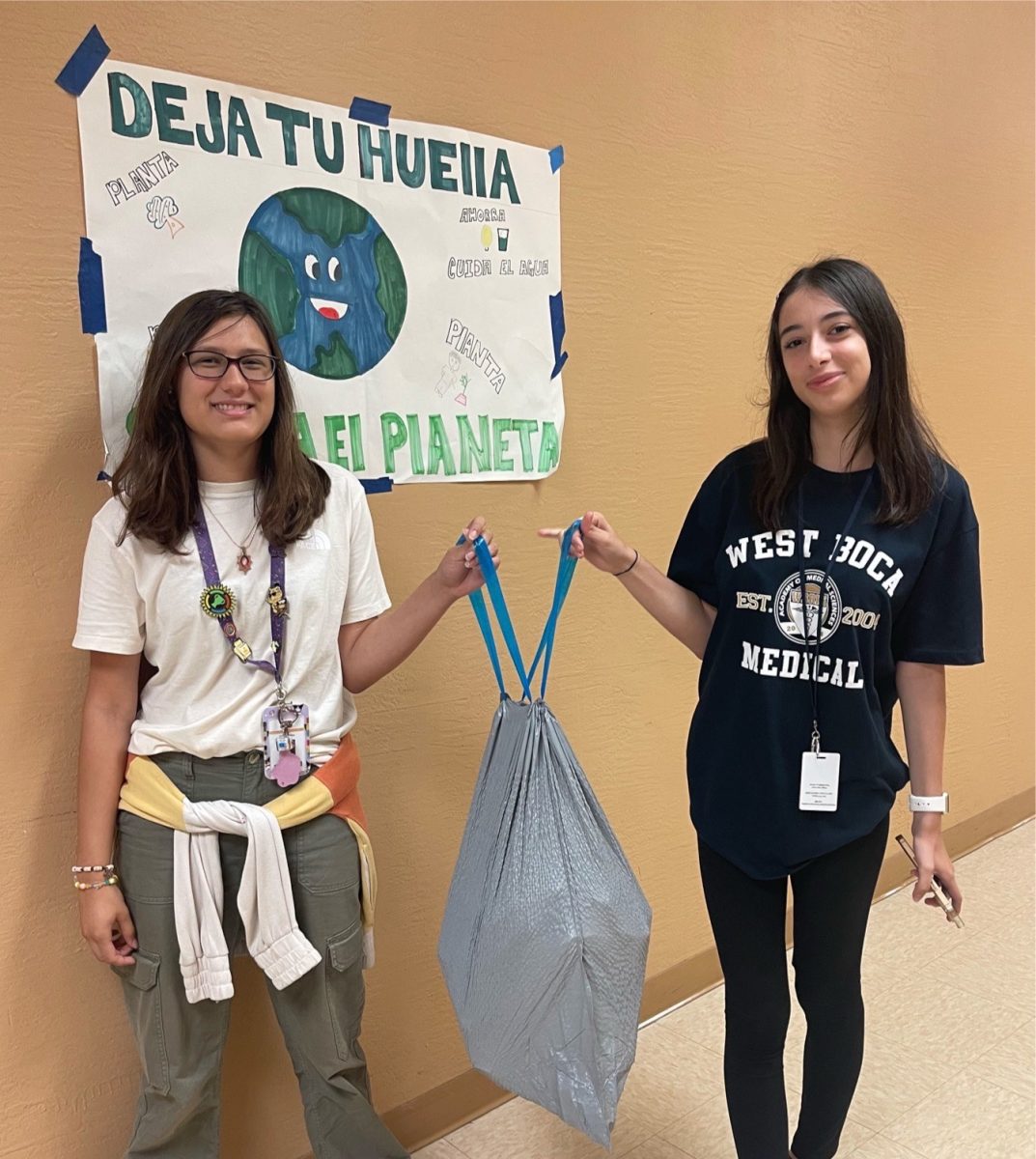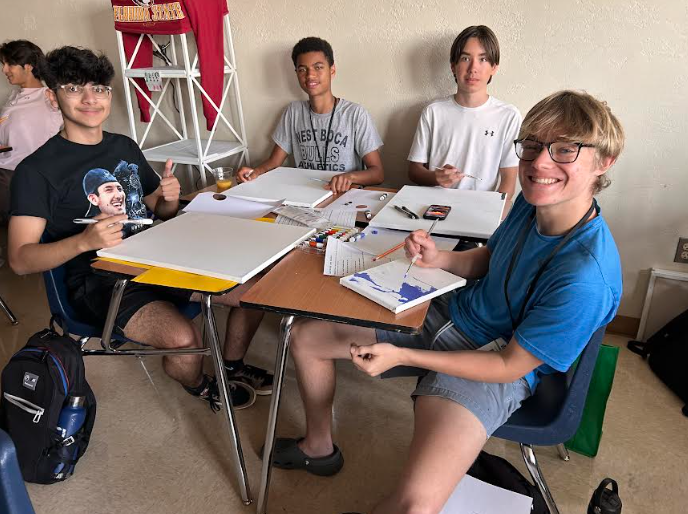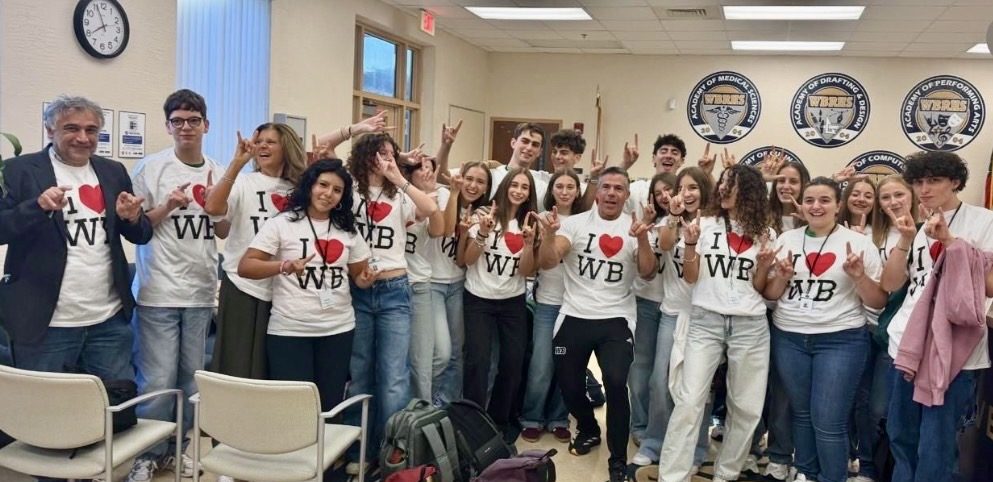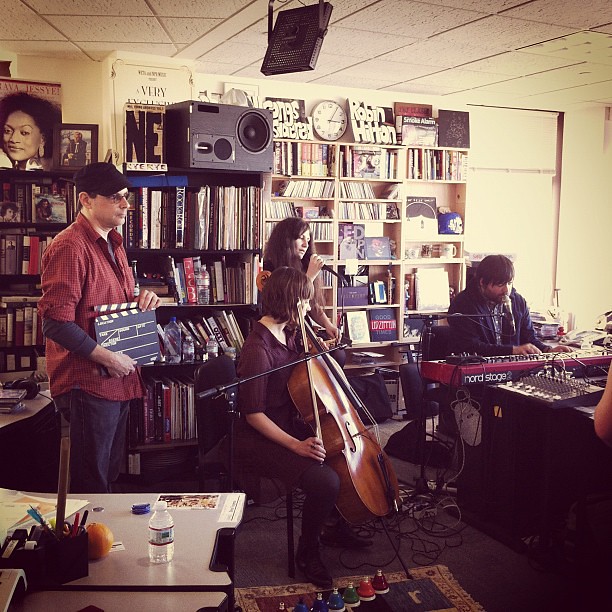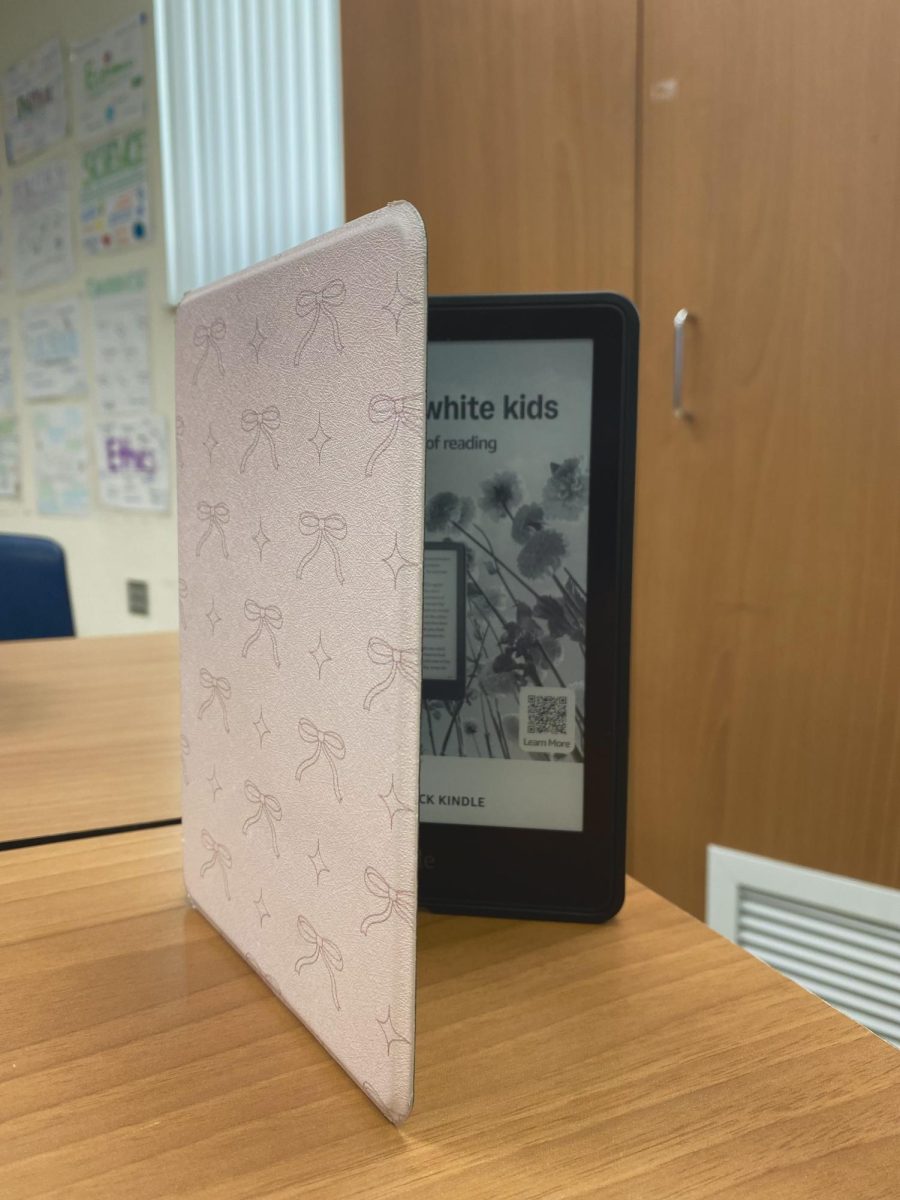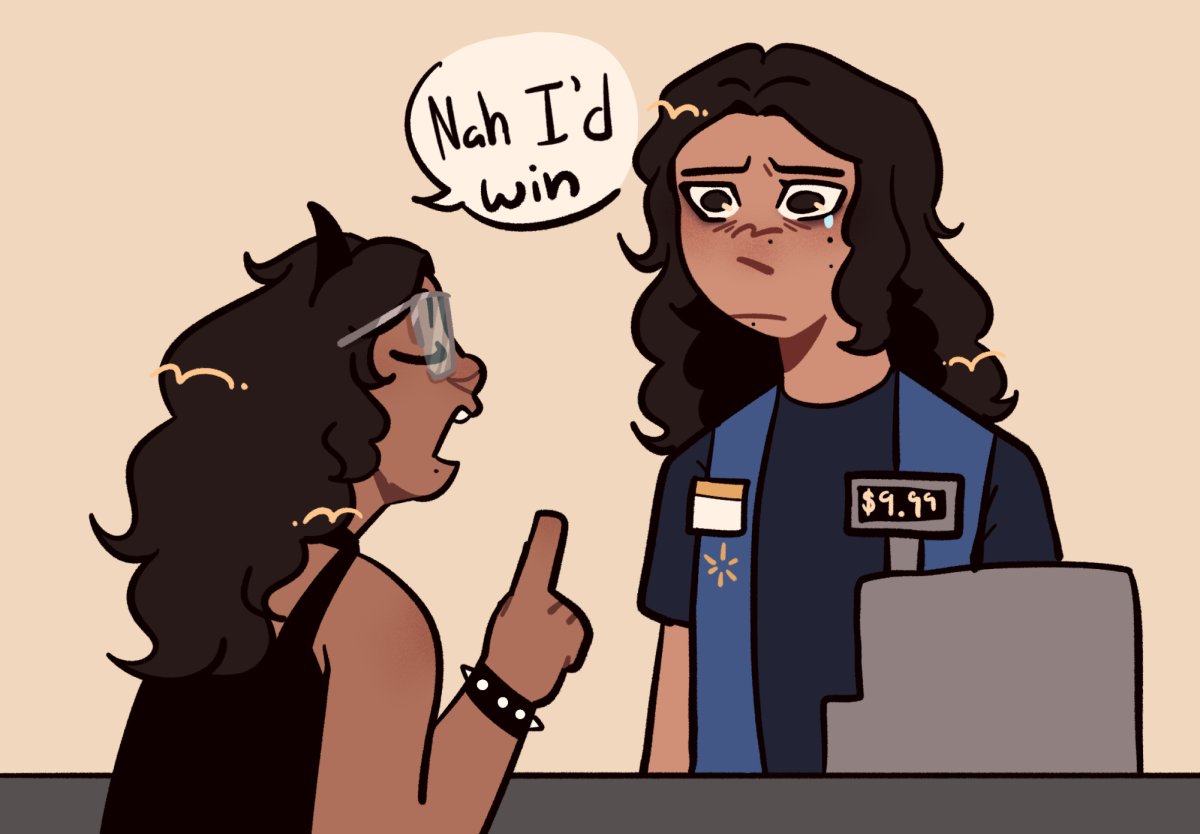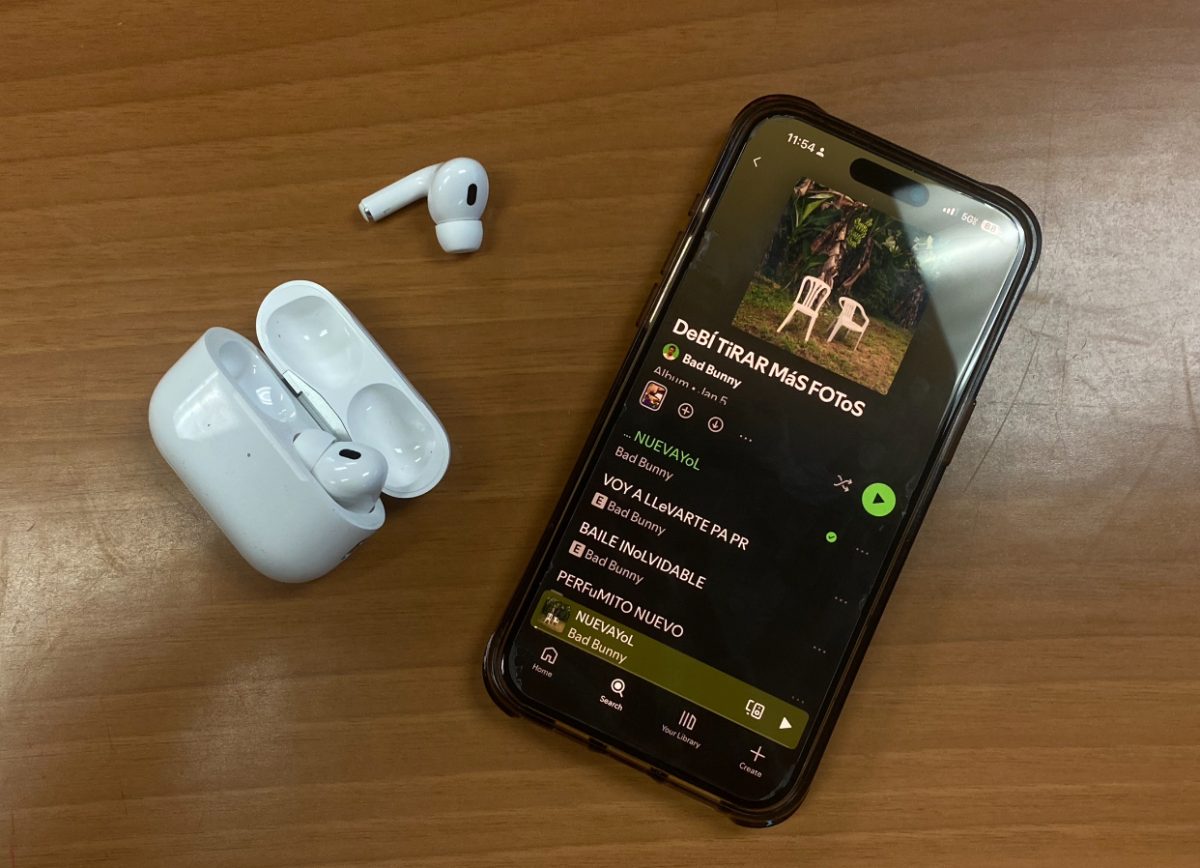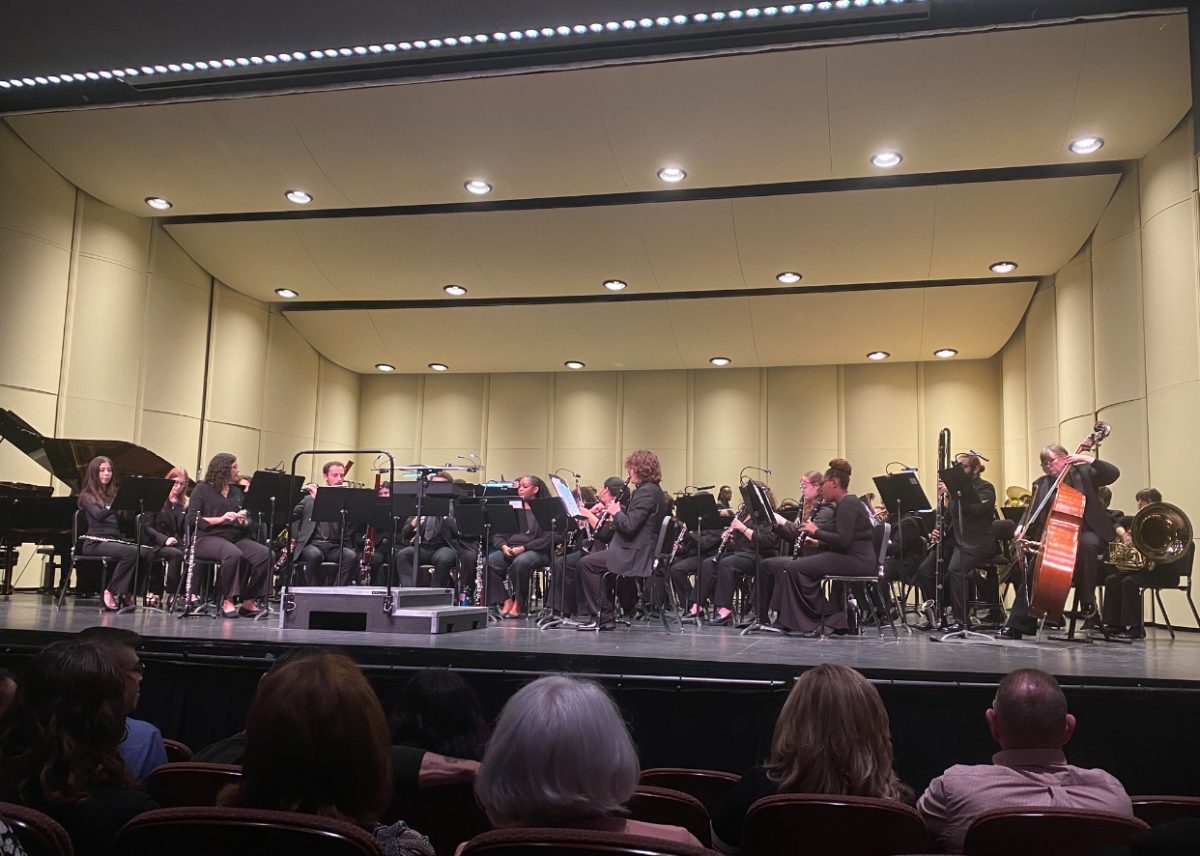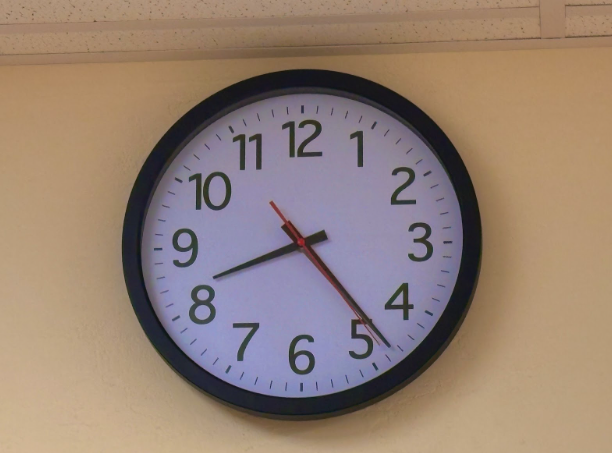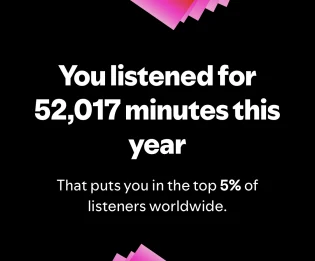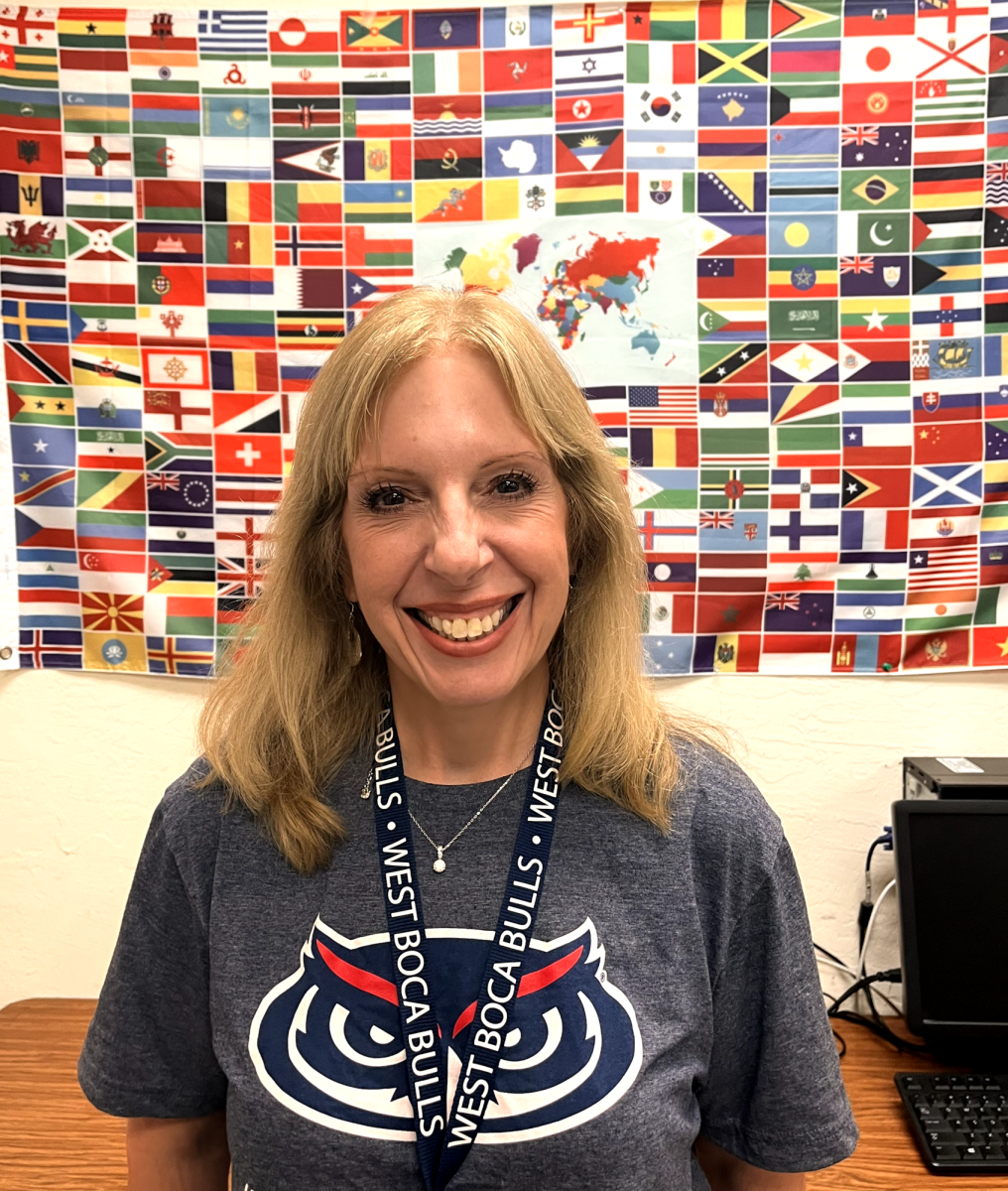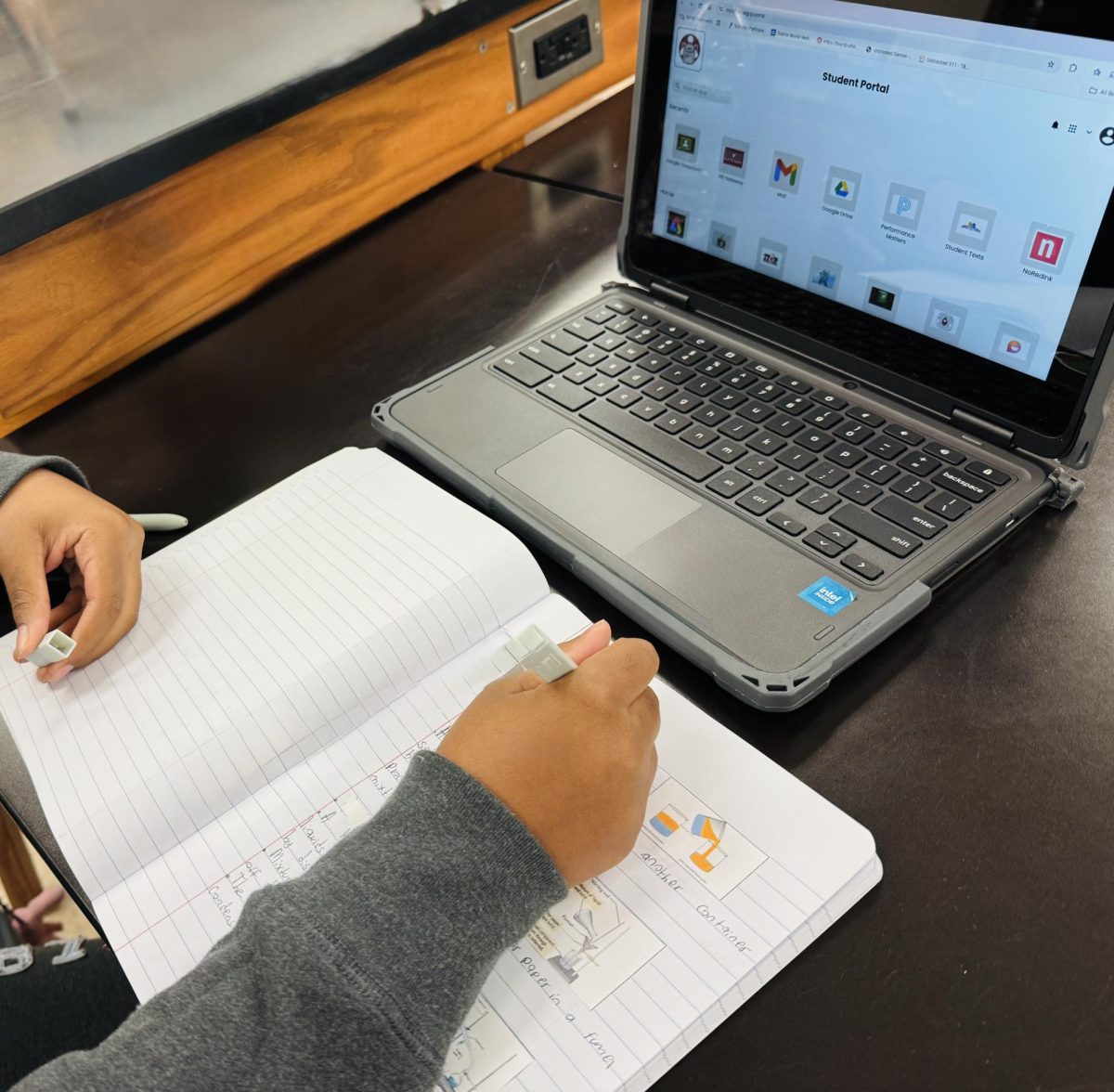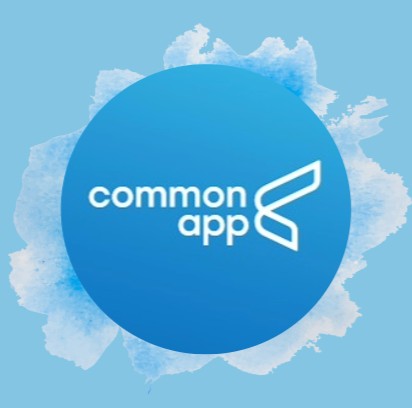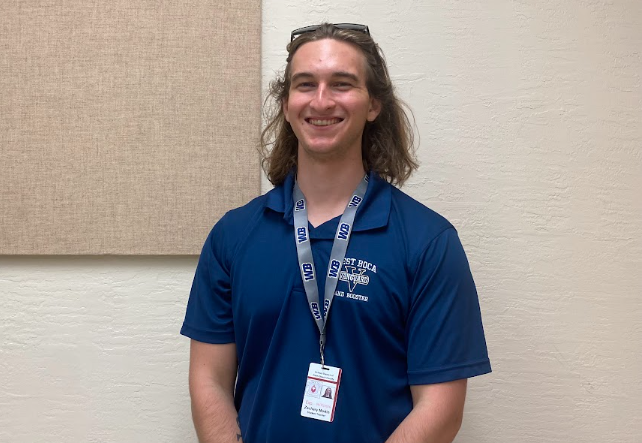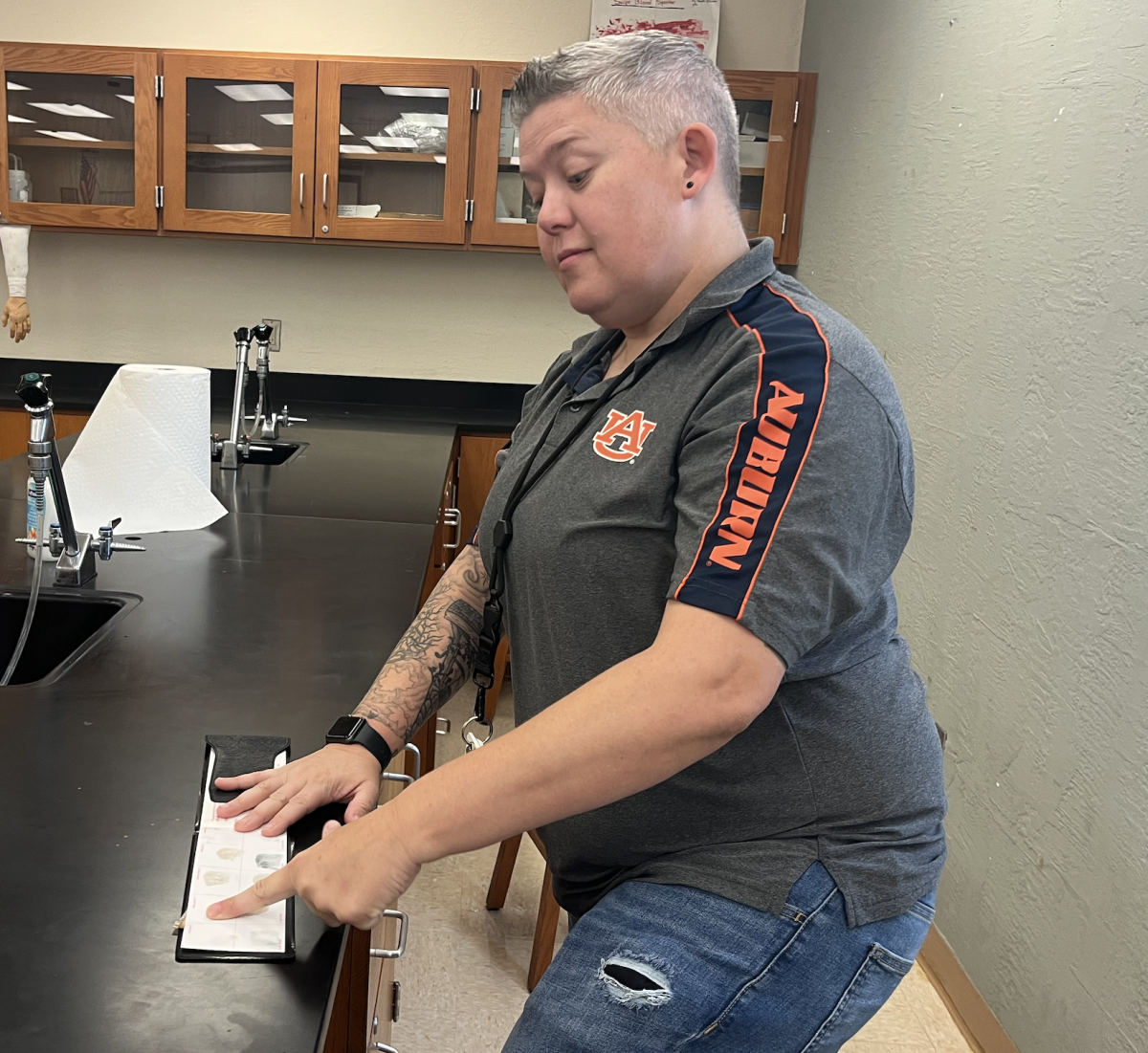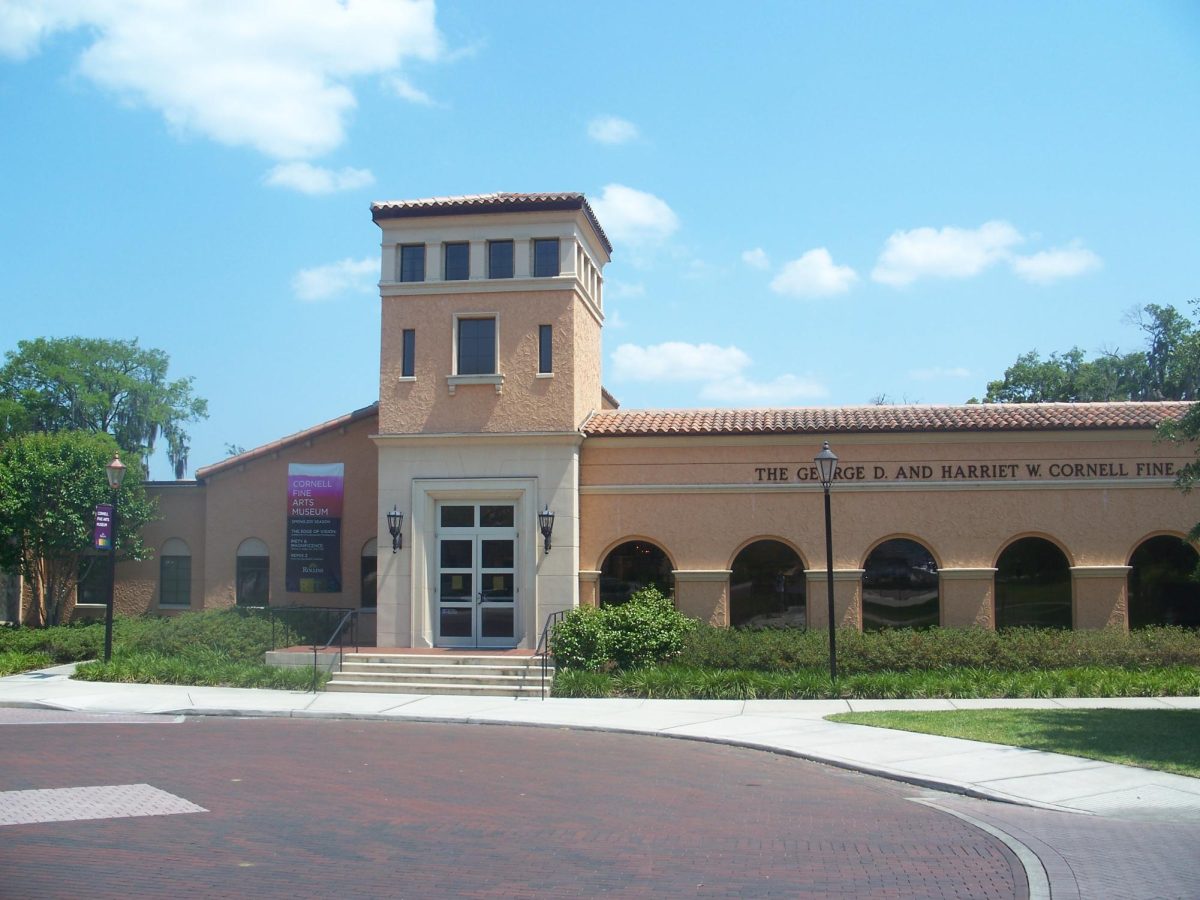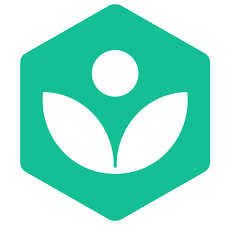Does Khan Academy Help Students or Is It Even More Work?
Khan Academy is often assigned to students as a homework or extra credit assignment. Does it actually help the learning process, or is it just another burden?
November 13, 2020
Khan Academy is an American non-profit educational organization created in 2008 by Sal Khan, with the goal of creating a set of online tools that help educate students. The organization produces short lessons in the form of videos. Its website also includes supplementary practice exercises and materials for educators.
Khan Academy’s website aims to provide a personalized learning experience, mainly built on the videos which are hosted on YouTube. The website is meant to be used as a supplement to its videos, because it includes other features such as progress tracking, practice exercises, and teaching tools. The material can also be accessed through mobile applications.
The videos display a recording of drawings on an electronic blackboard, which are similar to the style of a teacher giving a lecture. The narrator describes each drawing and how they relate to the material being taught. Furthermore, throughout the lessons, you can earn badges and energy points, which can be displayed on your profile. Non-profit groups have distributed offline versions of the videos to rural areas in Asia, Latin America, and Africa. Videos range from all subjects covered in school and for all grades from kindergarten up through high school. The Khan Academy website also hosts content from educational YouTube channels and organizations such as Crash Course and the Museum of Modern Art. It also provides online courses for preparing for standardized tests, including the SAT, AP Chemistry, Praxis Core and MCAT and released LSAT preparation lessons in 2018. They also have a collaboration with independent chemists, which are mentioned in their, “Meet the chemistry professional”. Khan Academy has also supported Code.org’s Hour of Code, providing coding lessons on its website.
Khan Academy videos have been translated into several languages, with close to 20,000 subtitle translations available. These translations are mainly volunteer-driven with help from international partnerships. The Khan Academy platform is fully available in English, Bangla, Bulgarian, Chinese, French, German, Georgian, Norwegian, Polish, Portuguese, Spanish, Serbian, Turkish and Uzbek, and partially available in 28 other languages.Since 2015, Khan Academy has been the official SAT preparation website. According to reports, studying for the SAT for 20 hours on Khan Academy is associated with a 115-point average score increase. Many book exercises select questions from the Khan Academy site to be published.
As for reviews from the actual students, Overall, 71 percent of students reported that they liked using Khan Academy and 32 percent said they “liked math better” after using the tools. Eight in 10 teachers reported they thought students were at least moderately engaged when using Khan Academy, although usage varied widely depending on the school or classroom. Some students said Khan Academy encouraged them to learn independently, with 45 percent reporting they were able to learn math on their own without the help of a teacher.
The SRI (Scholastic Reading Inventory), a reading comprehension test that assesses students’ reading skills, found a positive association with the use of Khan Academy materials and test scores. Perhaps even more importantly, the report also notes that using Khan Academy helped students in three non-academic areas: it reduced math anxiety, improved their belief they could do math and improved academic efficacy — students’ belief in their ability to succeed academically.
As for my personal experience with Khan Academy, their website is pretty useful, but my favorite would have to be their Youtube channel. Their Youtube channel has hundreds of tutorials and I find them very convenient when I don’t understand a lesson too well.

